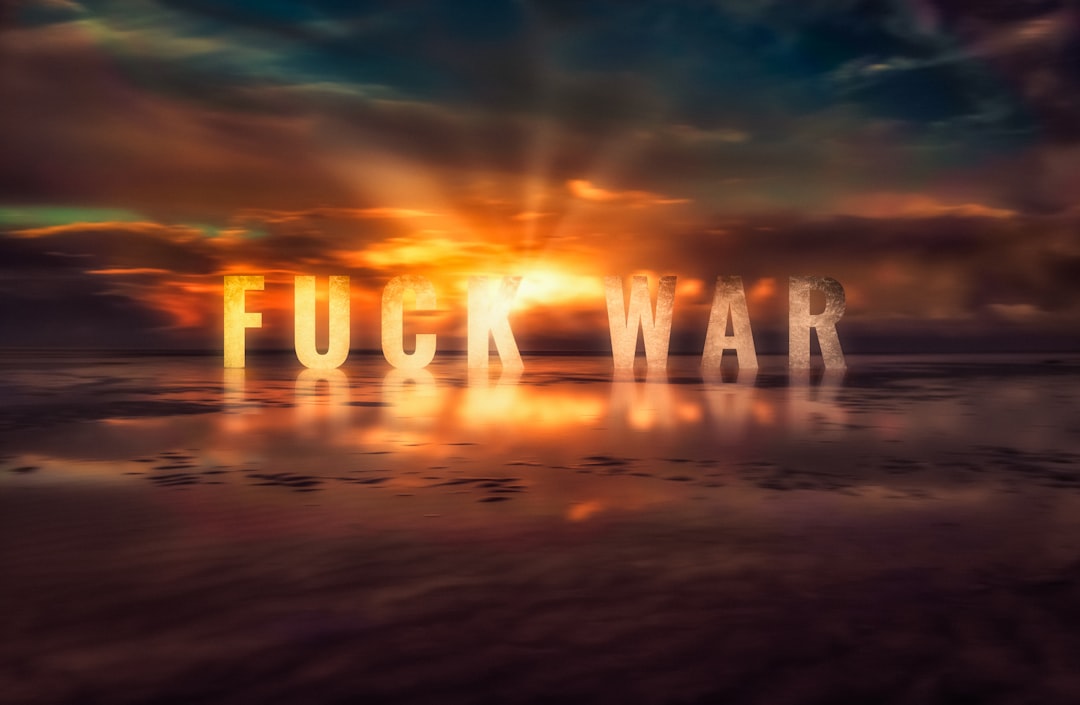World War III: Speculation, Scenarios, and Global Implications
Introduction
World War III is a term used to imagine a hypothetical third global conflict surpassing the devastation of World War I and II. While such a war has not occurred as of 2024, its possibility has always been a topic of strategic and academic debate, influenced by the ever-evolving landscape of international relations, military technology, and global politics. This article explores the origins and meanings of the term, possible triggers and participants, strategic doctrines, plausible scenarios, and the human, political, and environmental impacts of such a conflict.
The Origins and Usage of "World War III"
After the unprecedented devastation wrought by World War II, the term "World War III" quickly entered public and political discourse, initially as a warning against nuclear proliferation and later as a cautionary motif during the Cold War. Political leaders, cultural commentators, and the media have used it variously to refer to:
- A general conflict involving most major world powers
- An all-out nuclear exchange, especially between the US and USSR during the Cold War
- Large-scale proxy wars with global ramifications (e.g., Korean War, Vietnam War)
Possible Triggers for World War III
| Trigger | Explanation | Historical Precedents |
|---|---|---|
| Nuclear escalation | Rapid increase in use or threat of nuclear weapons | Cuban Missile Crisis, Indo-Pak tensions |
| Territorial disputes | Conflicts over borders or resources, especially in critical regions | South China Sea, Crimea, Kashmir |
| Alliance dynamics | Obligatory military interventions due to treaties/alliances | WWI Alliance system |
| Cyber warfare | Major cyberattacks disabling national infrastructure or military assets | Increasingly frequent, e.g., Stuxnet |
| Economic warfare | Trade embargoes, economic blockades escalate into military confrontation | US-Japan relations pre-WWII |
| Miscalculation/accidents | Unintended incidents spiraling out of control (human error, false alarms) | Able Archer 83 exercise |
Potential Participants and Alliances
While global alignments shift over time, the following table presents hypothetical blocs for a modern global conflict:
| Bloc/Alliance | Potential Members (2024) |
|---|---|
| NATO/Western Bloc | US, UK, Canada, France, Germany, Italy, Japan, Australia, etc. |
| Russia-led Bloc | Russia, Belarus, Central Asian allies, potential ties to Iran |
| China-led Bloc | China, North Korea, potentially Pakistan, some Southeast Asian allies |
| Non-aligned/Neutral | India, Brazil, South Africa, ASEAN nations (mixed positions) |
Strategic Doctrines: How Would World War III Be Fought?
1. Nuclear Warfare
The specter of nuclear holocaust looms largest; the "Mutually Assured Destruction" (MAD) doctrine theoretically prevented a Cold War-era WWIII. Modern nuclear strategies include:
- First Strike / Preemptive Strike
- Second Strike / Assured Retaliation
- Tactical Nuclear Weapons (low-yield use on battlefield)
- Missile Defense Systems (e.g., THAAD, S-400, Aegis)
2. Conventional Warfare
High-tech air, land, and sea forces would still play major roles. New developments may include:
- Stealth aircraft and drones
- Hypersonic missiles
- Space-based surveillance, potential for anti-satellite warfare
3. Cyber Warfare
Paralyzing critical infrastructure (power grids, communications, banking) via advanced hacking techniques.
4. Information & Psychological Warfare
Manipulating populations via deepfakes, propaganda, and social media disinformation campaigns.
5. Economic Warfare
Comprehensive sanctions, resource blockades, and sabotage.
Hypothetical Scenarios for World War III
| Scenario | Description | Danger Level |
|---|---|---|
| NATO vs. Russia in Eastern Europe | Escalation of tensions in Ukraine or the Baltics leads to direct conflict | Extremely High |
| US-China War over Taiwan | Chinese military action against Taiwan triggers intervention from the US and allies | Catastrophic |
| India-Pakistan Nuclear Exchange | Kashmir conflict spirals into open battle with nuclear weapons | Cataclysmic |
| Middle East Conflagration | Israel-Iran proxy war expands, drawing in US, Russia, Gulf States, and others | Very High |
| Cyber War Outbreak | Global cyber assaults dynamic triggers retaliation, escalates into military action | High |
Humanitarian, Economic, and Environmental Impacts
A global conflict in the modern, nuclear-armed, and interconnected world would dwarf previous wars' devastation.
Casualties
| Type | WWI (Est.) | WWII (Est.) | Potential WWIII (Nuclear) |
|---|---|---|---|
| Military | ~10 million | ~21 million | 100+ million |
| Civilian | ~7 million | ~50 million | 200+ million |
| Displaced | ~10 million | ~60 million | Hundreds of millions |
Economic Damage
- Disruption of global trade and transport
- Destruction of industries, supply chains, and financial systems
- Possible collapse of fiat currency, mass poverty
Environmental Consequences
- Nuclear winter: smoke and soot from exchanges blocking sunlight
- Fallout rendering areas uninhabitable
- Destruction of infrastructure, poisoning of water/soil
Societal Impact
- Breakdown of political systems, risk of mass famine, disease, crime
- Potential end of modern civilization as known
Current International Efforts to Prevent World War III
| Initiative/Organization | Purpose | Effectiveness |
|---|---|---|
| United Nations (UN) | Conflict mediation, peacekeeping | Limited by member consent |
| Nuclear Non-Proliferation Treaty (NPT) | Limit spread of nuclear weapons | Mixed; some states outside |
| Strategic Arms Reduction Treaties (START, New START) | Nuclear arms controls | Generally effective |
| Dialogue platforms (e.g., G20, OSCE) | Crisis communication, de-escalation | Important for early warning |
| People-to-people exchanges | Reduce prejudice, build mutual understanding | Incremental improvement |
Conclusion
While World War III remains a theoretical concept, its potential consequences are so grave that it dominates both military planning and public imagination. Preventing such a war involves sustained diplomacy, robust crisis management, technological restraint, and international cooperation. The prospect is a stark reminder of the necessity for peace and the shared fate of humanity in the atomic age.
References
(For a detailed work, comprehensive sources such as SIPRI, IISS, academic journals, official government whitepapers, and UN reports would be cited here.)
